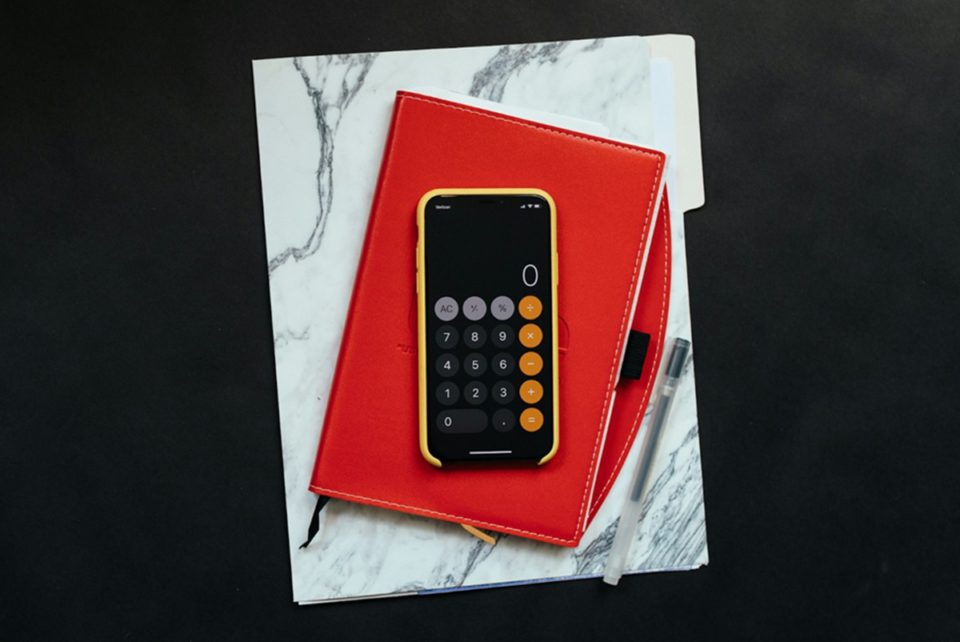Consumer proposals offer a way out of debt that doesn’t involve filing for bankruptcy. A consumer proposal is a government-regulated insolvency proceeding that can discharge you from up to eighty percent of your unsecured debts and give you a manageable timeline for repaying the rest without interest accumulating.
How do you file a consumer proposal? How do you know if it’s the right debt help solution for you? Following these steps will help you learn more about this type of debt relief and how you can go about filing it.
#1 Book a Free Consultation with a Licensed Insolvency Trustee
The first step in filing a consumer proposal is talking to a Licensed Insolvency Trustee, a government-regulated professional who is also the only type of professional who can file insolvency proceedings. Trustee firms tend to be non-profit organizations, and part of their job is evaluating their clients’ finances and providing reliable advice about debt help.
#2 Learn About All of Your Options
A consumer proposal is not the right solution for everyone. It may not make sense for you if you don’t have a steady stream of income that allows you to make payments. You may also be able to avoid the impact on your credit score if you have good credit and can qualify for a low-interest debt consolidation loan or use debt settlement or debt management to pay back your creditors. In other cases, you may need to consider if you have overwhelming amounts of debt.
#3 File a Proposal with a Licensed Insolvency Trustee
A Licensed Insolvency Trustee will explain all of the debt relief options available to you and which avenues make the most sense. Trustee firm Bankruptcy Canada provides detailed information about the benefits of a consumer proposal and other debt relief options online. You can find out more information about what happens when you file a consumer proposal with Bankruptcy Canada and what follows.
Filing a proposal with a LIT will involve a close look at your financial situation to determine how much you can afford to repay each month. With a consumer proposal, you receive significant debt relief, but you still have to repay part of your debt.
#4 Enjoy Relief from Collection Actions
As soon as a consumer proposal is filed, all actions against the debtor (the person who owes the debts) must cease. This includes actions like collection calls, wage garnishments, and legal actions aimed at collecting the debt.
This relief will end if your consumer proposal is not accepted but continues if your creditors accept it.
#5 Your Creditors Vote on the Proposal
A consumer proposal has to be accepted by your unsecured creditors before it comes into effect. They will vote on your proposal, and their votes weighted according to the amounts that you owe.
Should creditors representing more than half of your unsecured debts accept a consumer proposal, it becomes binding for all of your unsecured creditors. You continue to enjoy relief from collection actions, and interest no longer accumulates on your debts.
Once your proposal has been accepted, it’s up to you to keep up with your monthly payments to keep the agreement in force. They can last up to five years, but they provide significant relief. Talk to a Licensed Insolvency Trustee today about relief.
